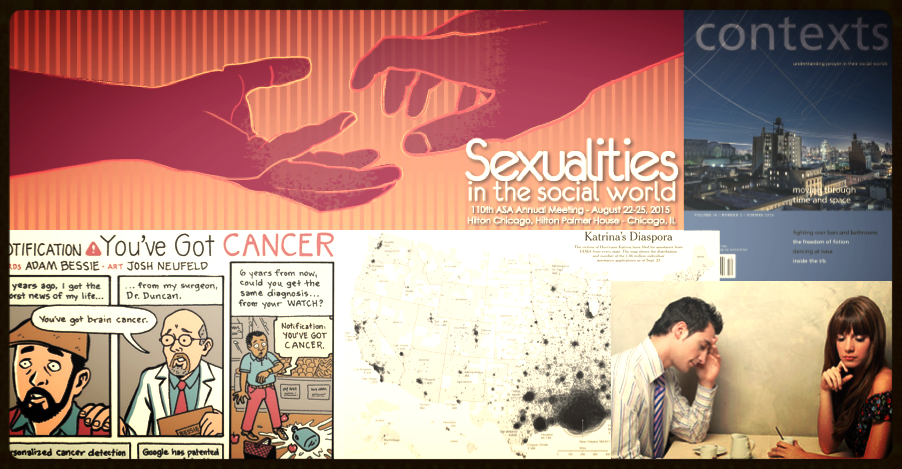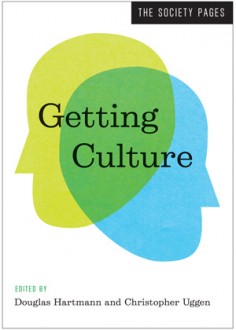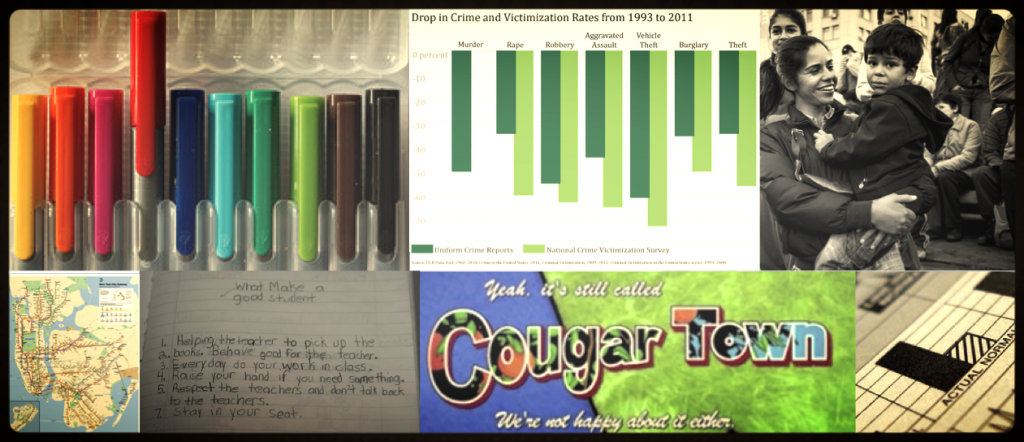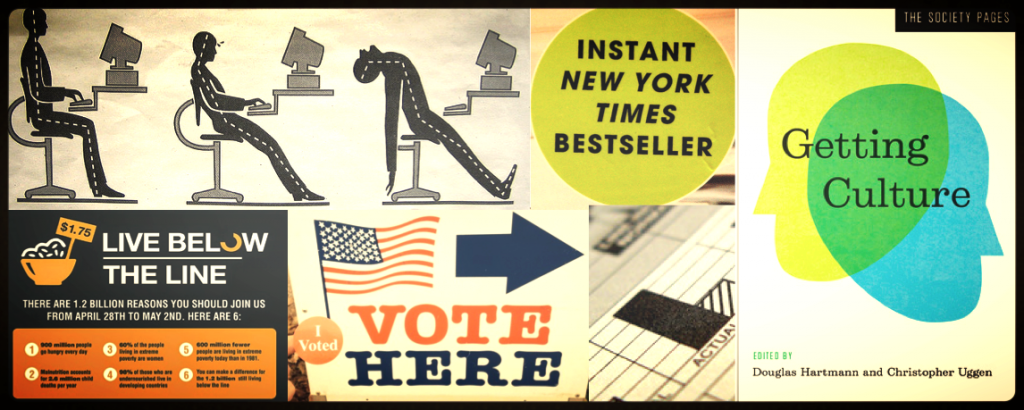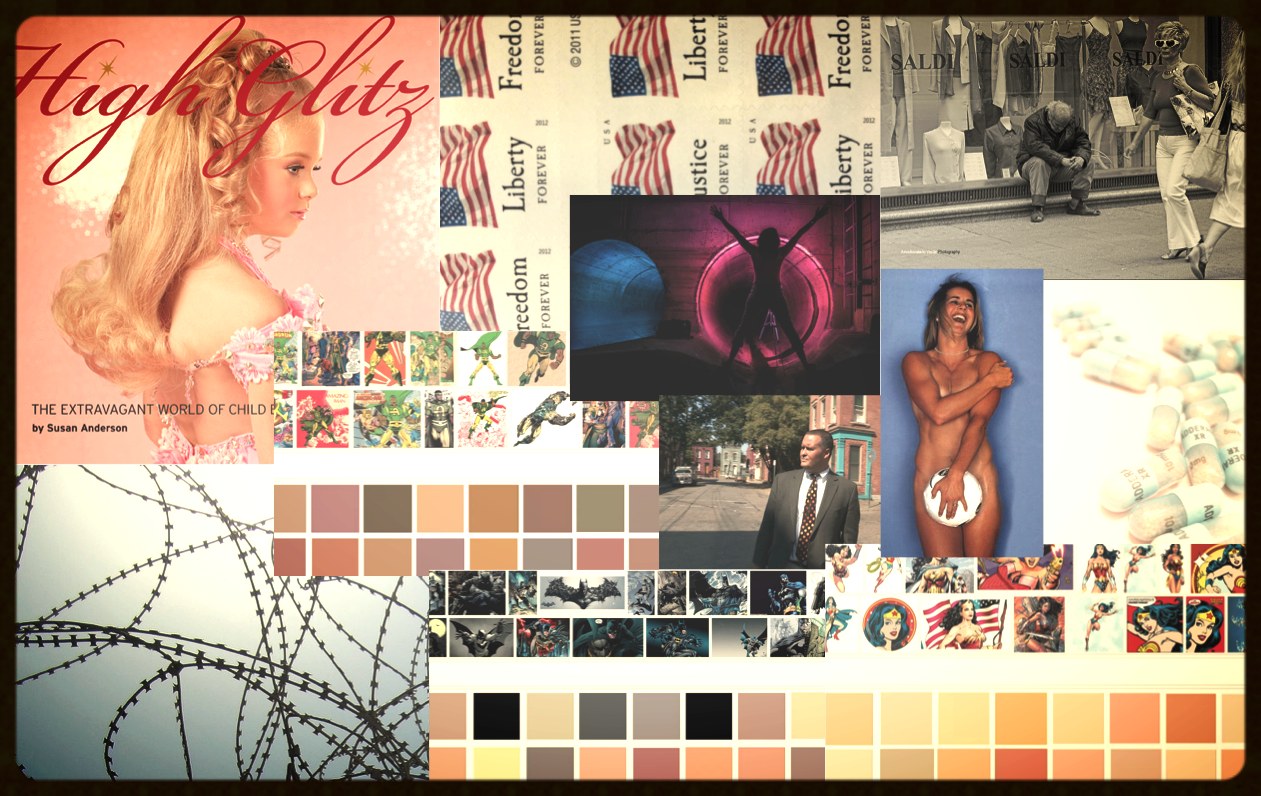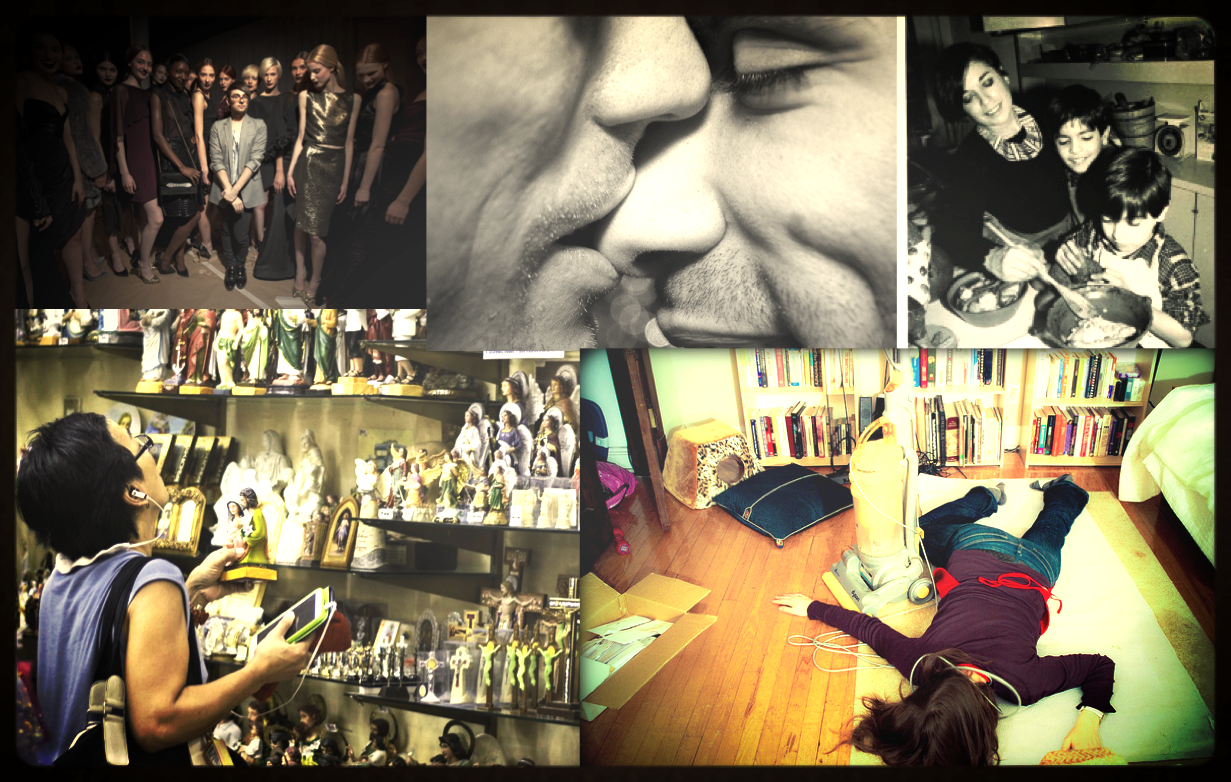Hellllllooooo, Chicago! Here’s what TSP’s been up to this week—some excellent reads as sociology converges on the Windy City. Be sure to say hi to our grad board members and editors as we make the rounds, and watch our Twitter for some live-tweeted-panels courtesy @EvanStewart23 (with Jacqui Frost, our graduate editor).
There’s Research on That!
“We All Live with the Effects of School Segregation,” Evan Stewart with research by Gary Orfield, Susan E. Eaton, Grace Kao, Daniel T. Lichter, Domenico Parisi, and more.
Discoveries:
“Freshman 15 or Family-First 50? College and Family Sequencing Affect Obesity.” Sarah Catherine Billups sums up Journal of Health and Social Behavior research from Miech, Shanahan, Boardman, and Bauldry.
Clippings:
“‘Moving to Opportunity’ After Katrina.” Billups shares some sociological highlights from a New Yorker article on mobility and displacement in New Orleans. Featuring David Kirk, Patrick Sharkey, Stefanie DeLuca, and Corina Graif.
Contexts Magazine:
“Bathroom Battlegrounds and Penis Panics,” Kristen Schilt and Laurel Westbrook. How transgender rights legislation got framed as “bathroom bills,” with seemingly everyone trying to mark their territory.
Scholars Strategy Network:
“The Downside of Separating ‘Good’ Undocumented Immigrants from ‘Bad’ Criminals,” by Abigail Andrews. “As long as protection seems conditional on quiet and deferential personal conduct, any approach that divides undocumented migrants into good versus bad categories reinforces secondary status for all.”
Council on Contemporary Families:
“Getting Current on Cohabitation,” by Virginia Rutter. “Fifteen years ago, the going wisdom on cohabitation was that marriages preceded by living together were more likely to fall apart—that news is out of date.”
A Few From the Community Pages:
- On Sociological Images, a new Yale project parses Americans’ opinions on climate change and research shows college students believe in the benefits of diversity while also touting “color-blindness”.
- Families As They Really Are shares 5 ways professors can help single mother students.
- Feminist Reflections on graphic art and social change.
Last Week’s Roundup
Sign Up for Inbox Delivery of the Roundup
Our Latest Book
Check out Getting Culture (just $15!)

